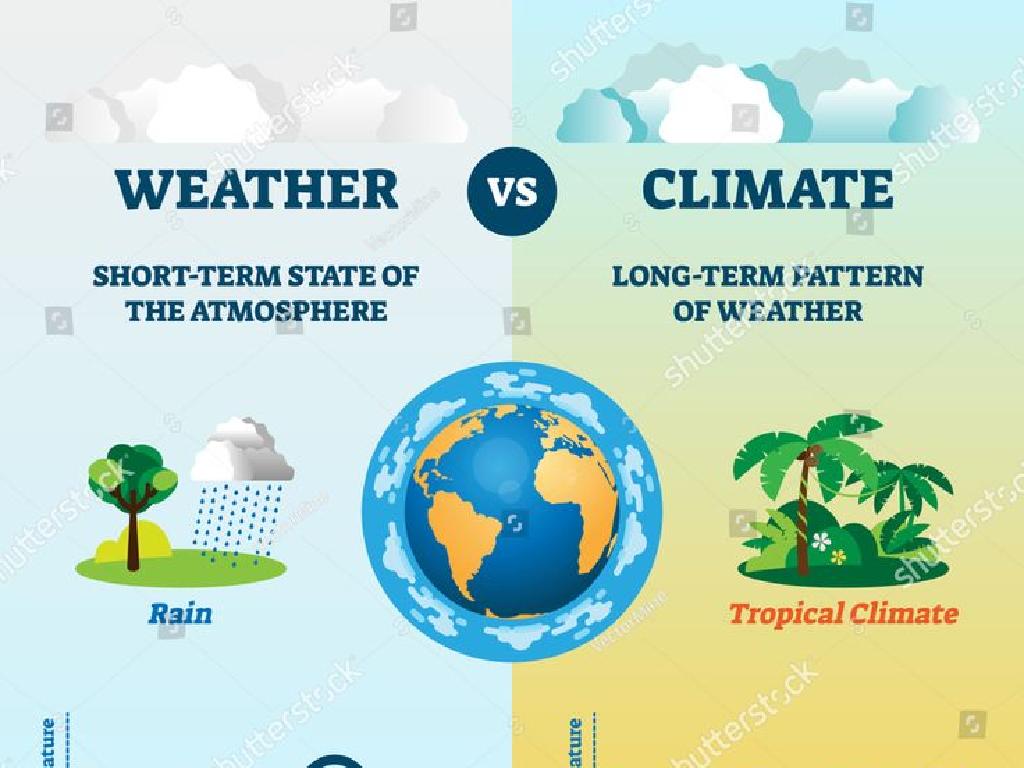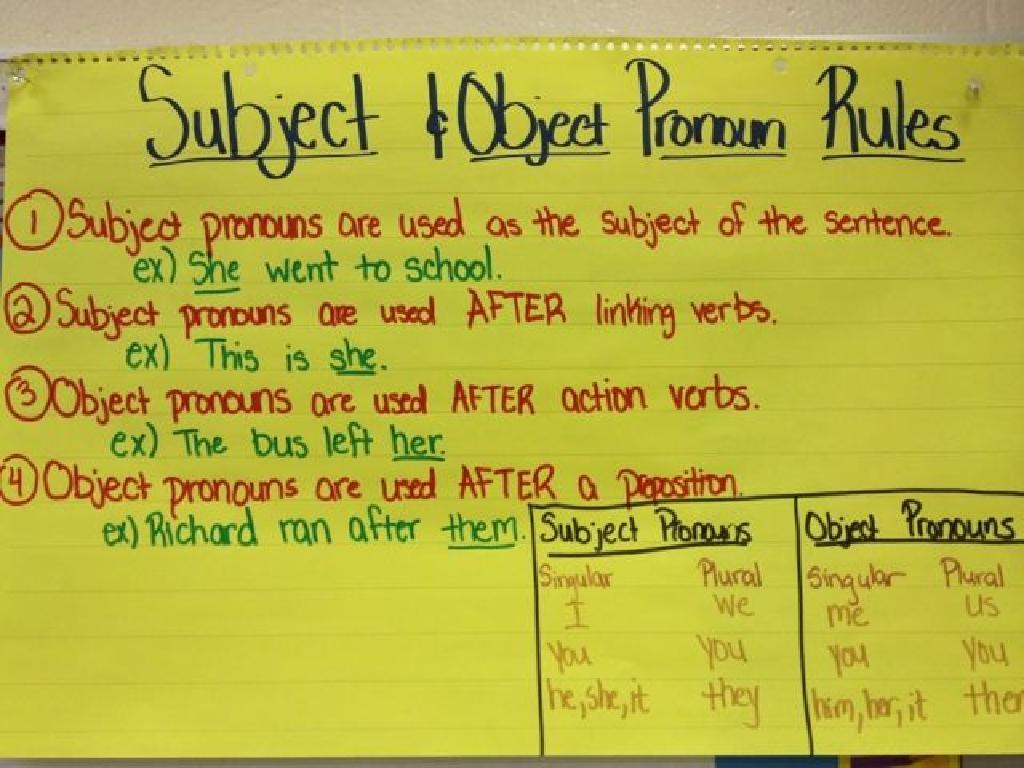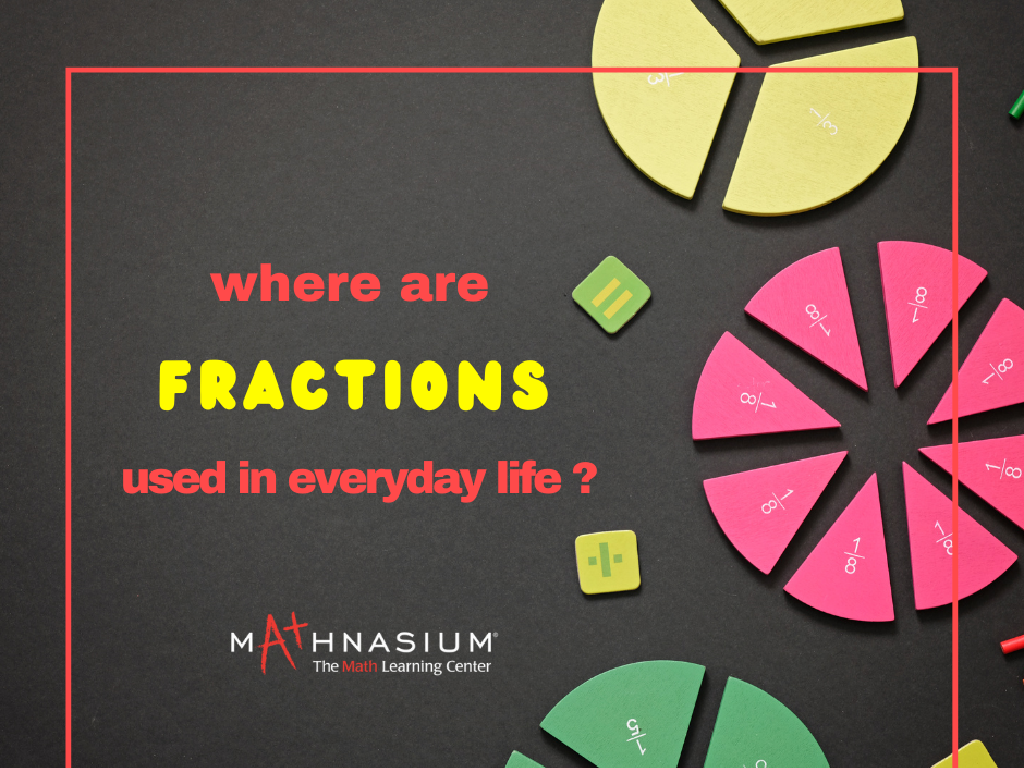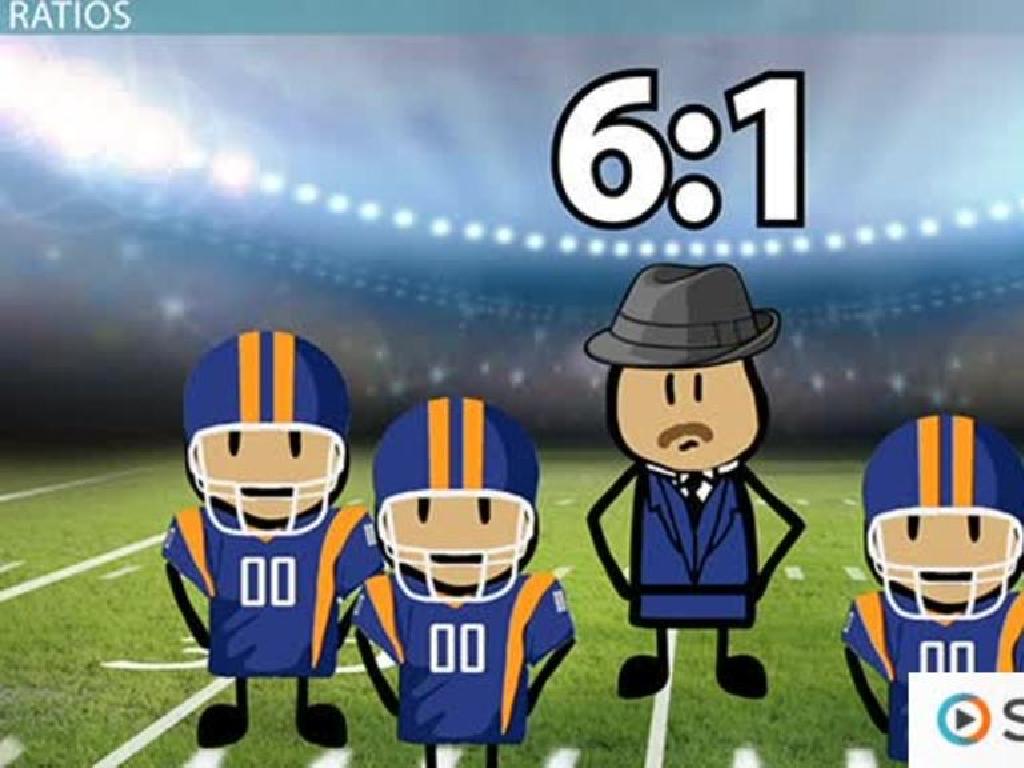Count Sides And Corners
Subject: Math
Grade: First grade
Topic: Two-Dimensional Shapes
Please LOG IN to download the presentation. Access is available to registered users only.
View More Content
Welcome to Shapes: Sides and Corners
– Greet the class with enthusiasm
– Introduce two-dimensional shapes
– Shapes like squares, triangles, and circles
– Explore sides of shapes
– Count the straight edges of shapes
– Learn about corners of shapes
– Count where two sides meet
|
Begin the class with a warm and energetic greeting to capture the students’ attention. Introduce the concept of two-dimensional shapes by showing examples such as squares, triangles, and circles. Explain that the sides of a shape are the straight edges that outline the shape. Use physical shape cutouts to help students count the sides. Then, move on to corners, which are the points where two sides of a shape meet. Encourage the students to touch and count the corners of the shape cutouts. This hands-on activity will help solidify their understanding of the basic properties of two-dimensional shapes.
Exploring Two-Dimensional Shapes
– What are 2D shapes?
– Shapes that only have two dimensions: length and width
– 2D shapes are flat
– They have length and width
– Examples: squares, rectangles, triangles
– Squares have 4 equal sides, rectangles have 2 long and 2 short sides, triangles have 3 sides
|
This slide introduces first graders to the concept of two-dimensional shapes. Emphasize that these shapes are flat, like a drawing on a piece of paper, and they only have length and width but no depth. Use simple language and real-world examples to help them understand. Show them a variety of 2D shapes such as squares, rectangles, and triangles, and point out the differences in sides and corners. Encourage students to look around the classroom for objects that match these shapes to help solidify their understanding.
Counting Sides of Shapes
– What are sides of a shape?
– Sides are straight lines that form shapes
– Count sides with me
– Let’s look at shapes and count the sides
– Squares have 4 sides
– Every square’s sides are equal and there are 4
– Triangles have 3 sides
– A triangle has 3 sides, less than a square
|
This slide introduces first graders to the concept of counting sides on two-dimensional shapes. Begin by explaining what sides are and how they create the outline of a shape. Use physical shapes or drawings to help students visualize. Then, engage the students by counting the sides of various shapes together. Highlight that a square has four equal sides, and a triangle has three sides. Emphasize the difference in the number of sides between the shapes. Encourage students to use their fingers to trace the sides as they count. This tactile approach helps reinforce the concept. Prepare to show examples of each shape and possibly have physical models for students to interact with.
Counting Corners of Shapes
– What are corners?
– Corners are points where two sides meet.
– Count corners on shapes
– Let’s count corners together on different shapes.
– Corners of a square
– A square has exactly 4 corners.
– Corners of a triangle
– A triangle has exactly 3 corners.
|
This slide introduces first graders to the concept of corners as part of two-dimensional shapes. Begin by explaining what corners are and how they are formed. Use visual aids like drawings or physical shapes to help students see and touch the corners. Practice counting corners on various shapes, starting with simple ones like squares and triangles. Emphasize that a square has four corners and a triangle has three. Encourage students to look around the classroom for objects that match these shapes and count their corners as a practical exercise.
Let’s Practice Together: Counting Sides & Corners
– Count sides of shapes together
– Count corners of shapes together
– Discuss sides vs. corners
– Sides are straight lines, corners are points where sides meet
– Practice with different shapes
– Use shapes like squares, triangles, and rectangles
|
This slide is an interactive activity designed to help first graders practice counting the sides and corners of two-dimensional shapes. Start by showing shapes on the screen one by one. Encourage the students to count aloud the sides and corners of each shape. Reinforce the concept that sides are the straight edges of a shape, while corners are the points where two sides meet. Use a variety of shapes such as squares, triangles, and rectangles to provide ample practice. As you progress, ask questions like ‘How many sides does a triangle have?’ and ‘How many corners are there in a rectangle?’ to check for understanding. This activity will help solidify their ability to distinguish between sides and corners and count them accurately.
Fun with Shapes: Exploring Our Classroom
– Shapes are all around us
– Search for shapes in our room
– Look at objects and pictures
– Find a circle, square, and triangle
– Check the clock, windows, and signs
– Who will be the shape detective?
|
This slide is designed to engage first-grade students in a fun and interactive activity that helps them recognize and identify basic two-dimensional shapes in their immediate environment. Encourage the students to look around the classroom and find real-life examples of a circle, square, and triangle. Suggest they look at everyday objects such as the clock for a circle, the window for a square, and the yield sign for a triangle. This activity not only reinforces their understanding of geometric shapes but also helps them connect classroom learning to the real world. As they search, they will develop observational skills and learn to associate shapes with objects they use or see every day. The teacher should be prepared to guide the students and ensure that each child participates and identifies at least one shape.
Class Activity: Shape Hunt
– Let’s go on a shape hunt!
– Find classroom objects matching shapes
– Use the shapes we learned about as your guide
– Work in pairs for the hunt
– Look for a square, triangle, and rectangle
– Remember: squares have 4 equal sides, triangles have 3, rectangles have 4 with opposite sides equal
|
This activity is designed to reinforce the students’ understanding of basic two-dimensional shapes by identifying them in their immediate environment. Encourage the children to work together in pairs to foster teamwork and communication. Provide guidance on what defines a square, triangle, and rectangle. As they search for these shapes around the classroom, they will develop spatial awareness and the ability to recognize shapes in different orientations and contexts. After the hunt, have each pair present their findings to the class, discussing how they identified each shape. This will also serve as a review of the properties of these shapes.
Shape Hunt Recap: Sides and Corners
– Excellent work on shape hunt
– Counting sides and corners
– Each shape has a specific number of sides and corners
– Shapes are everywhere
– Look around to find shapes in everyday objects
– Keep observing shapes
|
This slide concludes the activity where students have learned to identify and count the sides and corners of various shapes. Reinforce the concept that different shapes have a set number of sides and corners, such as a triangle having three sides and three corners. Encourage students to continue observing shapes in their environment, reinforcing their understanding of geometry in a practical context. As a follow-up activity, students could draw pictures of objects they find and label the shapes within them, or even create a shape collage. This will help solidify their learning and make them more aware of the geometry in their surroundings.






